Search Images
Browse Content (p. 788)
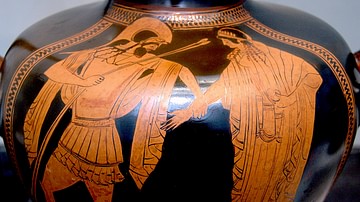
Image
Menelaus & Helen
A detail of an Attic red-figure hydria, c. 480 BCE, showing the Spartan king reunited with his wife Helen of Troy after the Trojan war. (Staatliche Antikensammlungen, Munich)
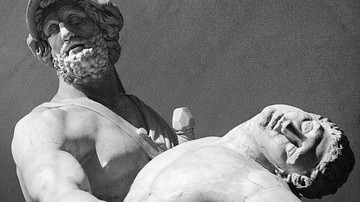
Image
Menelaus & Patroclus
A statue group possibly representing the Spartan king Menelaus supporting the fallen Patroclus, one of the famous episodes of the Trojan War of Greek mythology. Roman copy of a Hellenistic period original. (Loggia dei Lanzi, Florence)
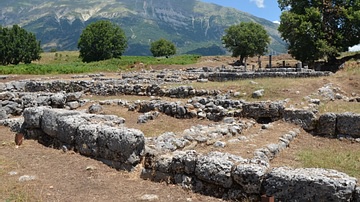
Image
Antigoneia of Epirus, Albania
The city of Antigoneia in Epirus (Albania) was built on the Hippodamian grid system and covered an area of almost 45 hectares
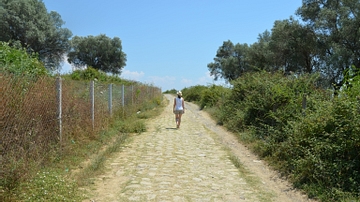
Image
Walking the Via Egnatia
A 100 m-long portion of the Via Egnatia can be seen near the provincial town of Peqin, between Durrës and Elbasan (Albania). The pavement is about six metres wide with an Ottoman surface, a later repair of the earlier Byzantine and Roman...
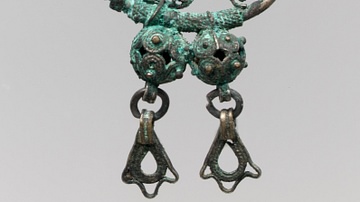
Image
Avar Earrings
Avar earrings from the 8th-9th century CE.
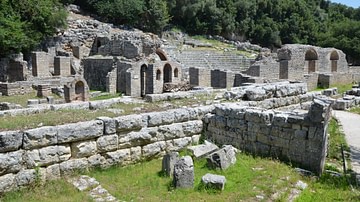
Image
Agora and Roman Forum, Butrint
The Agora of Butrint (Albania) with the Roman Forum and the Sanctuary of Asclepius in the background.
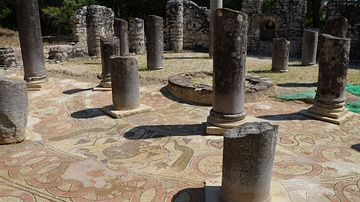
Image
Baptistery in Butrint, Albania
The Baptistery of Butrint in Albania with its well-preserved mosaic pavement featuring iconography relating both to Christianity and to aristocratic life. Early 6th century CE.
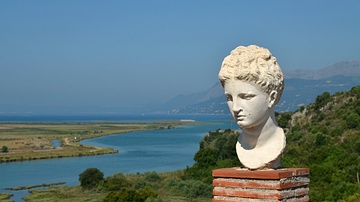
Image
Butrint National Park
Butrint National Park, Albania.
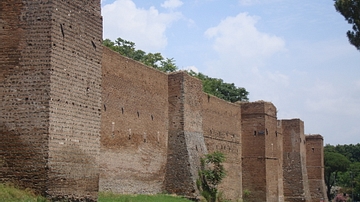
Image
Aurelian Wall
Section of the Aurelian Walls in Rome.
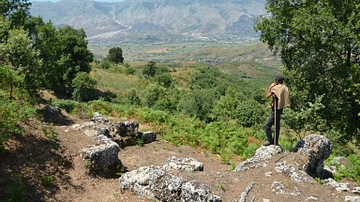
Image
Antigoneia of Epirus, Albania
Antigoneia of Epirus, Albania. The city was founded in 295 BCE by Pyrrhus, the king of the Molossians, who named it after his wife Antigone, daughter of Berenice I and step-daughter of Ptolemy I of Egypt.